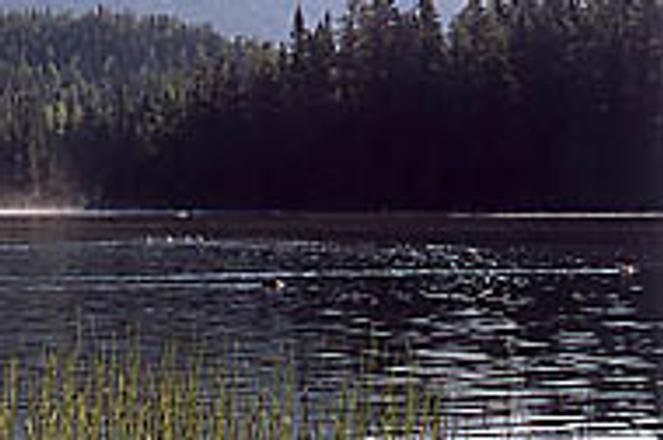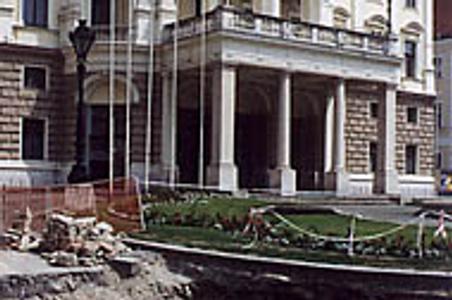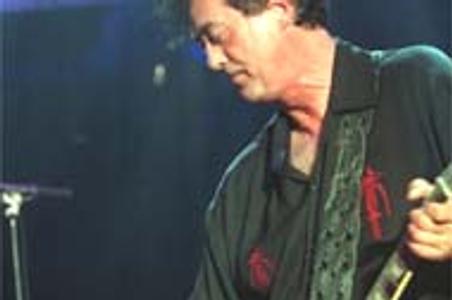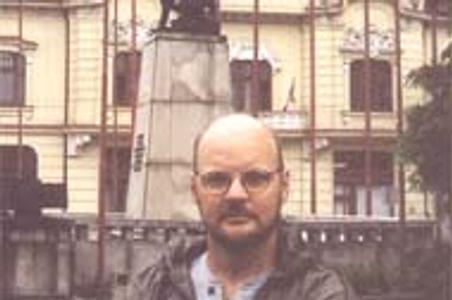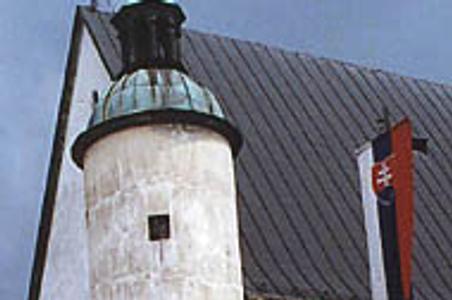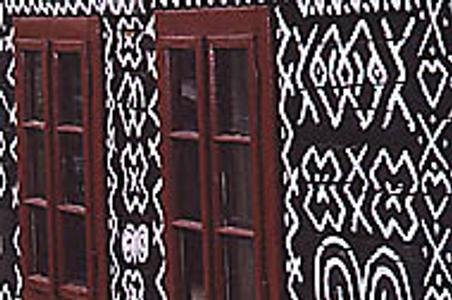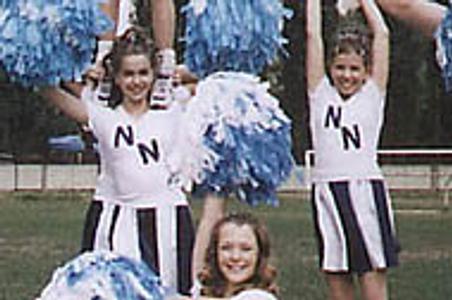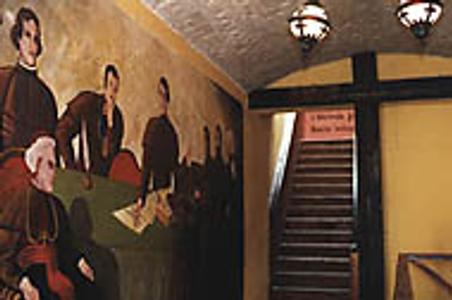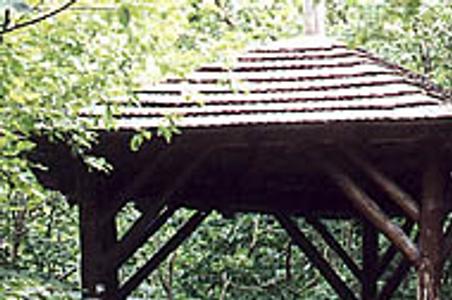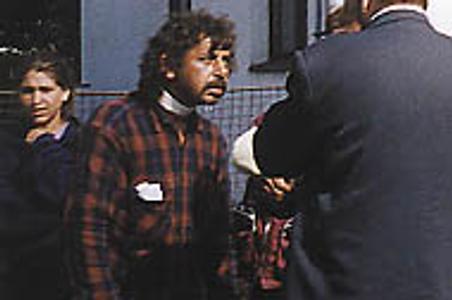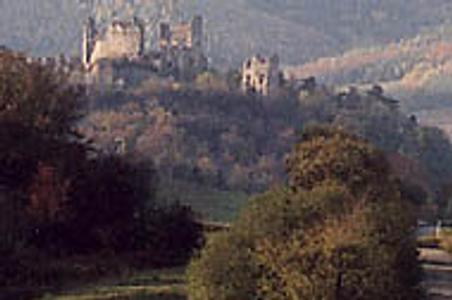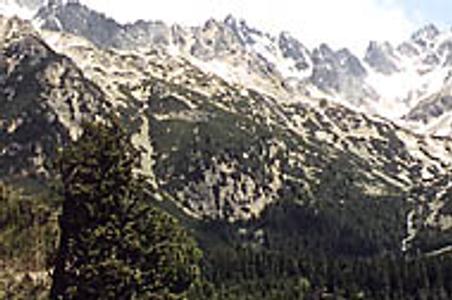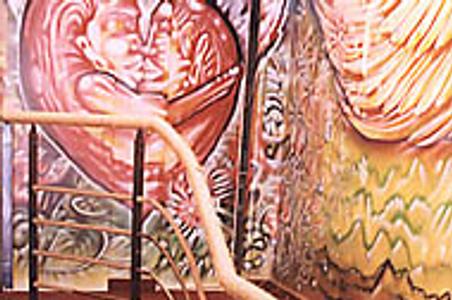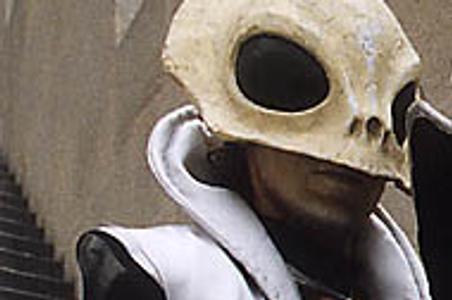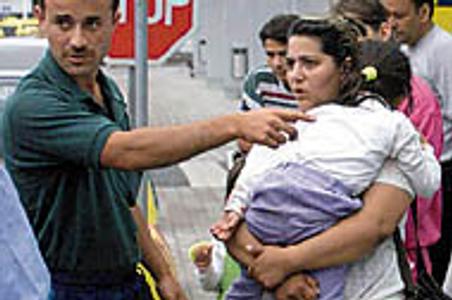- Thank heavens for Trenčín (from our archive)
- To love or to hate Bratislava (from our archive)
- The prettiest castle in Slovakia (from our archive)
- How I came to appreciate (some) Communist-time architecture (from our archive)
- Slovak Matters: A guide to the Spiš dialect
- Adopting a Slovak child: A beginners guide
- Slovak Matters: When I am mimo
- Making a fortune off pilgrims
- 3 free things to do in Bratislava in the next seven days
- News digest: Parliament chaos gives Fico a Brussels headache
- Top 10 events in Bratislava for foreigners
- No laughing matter: Slovakia’s top comedians kicked out of state-run venue
- Bratislava switches to warmer street lighting in response to public criticism
- What makes my roots so alive?
- Slovaks to celebrate Tax Freedom Day 25 days later than Czechs this year
- Making a fortune off pilgrims
- Top 10 events in Bratislava for foreigners
- The hidden costs of Slovakia’s complicated tax system
- 3 free things to do in Bratislava in the next seven days
- Bože môj: In search of my Rusyn self
- News digest: President shuts down referendum push on Russia sanctions Video
- Is Slovakia the next Hungary? MEPs raise alarm over democratic backsliding
- How to spend 48 hours in Bratislava
- Bože môj: In search of my Rusyn self
- The hidden costs of Slovakia’s complicated tax system
- Making a fortune off pilgrims
- Top 10 events in Bratislava for foreigners
- Slovakia ends November 17 public holiday amid fiscal pressures
- Bratislava Region simplifies transport zones, raises fares
- Slovakia’s secret weapon is living abroad
- News digest: President shuts down referendum push on Russia sanctions Video
- Irish outlet hails Slovak spa town as top European holiday spot
- After years of straddling two worlds, this American is now reconnecting with his Slovak roots
- Man appeals for help finding strangers who saved his life
- Bože môj: In search of my Rusyn self
- Slovak physicist: I do not employ doctoral students; I make them go abroad. I expect them to push us forward
- Slovakia’s secret weapon is living abroad
- The hidden costs of Slovakia’s complicated tax system
- Last Week: Central bank governor found guilty, but Fico accuses the judge
- In Slovakia, corporate volunteers restore castles, clean parks and plant hope
- Bratislava switches to warmer street lighting in response to public criticism
- News digest: Parliament chaos gives Fico a Brussels headache
- No laughing matter: Slovakia’s top comedians kicked out of state-run venue
- General prosecutor quietly rebuilds special office once set for dismantling
- Slovak court curbs government effort to oust judge
- Slovaks to celebrate Tax Freedom Day 25 days later than Czechs this year
- Making a fortune off pilgrims More articles ›

